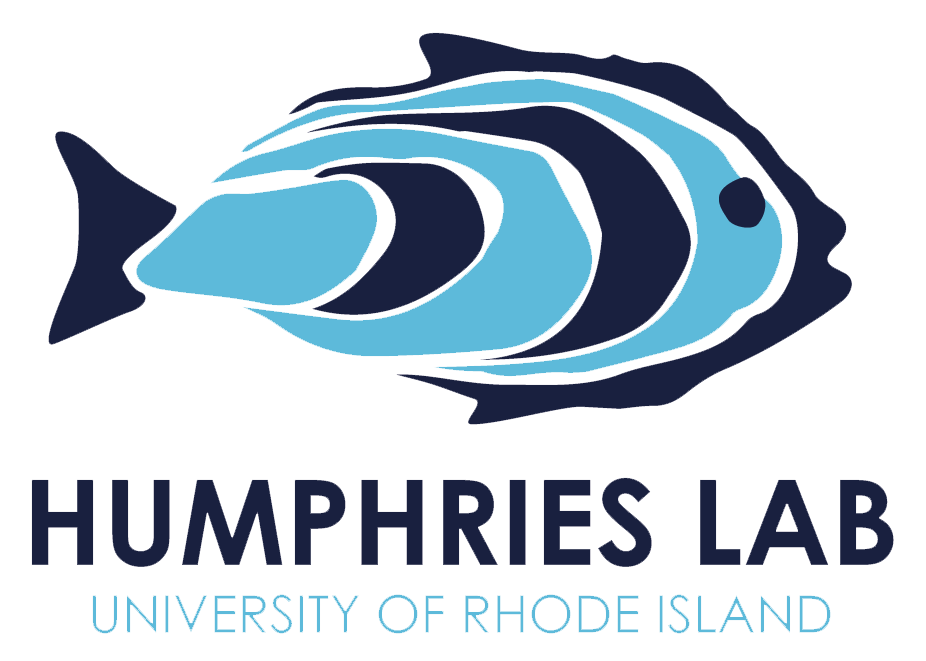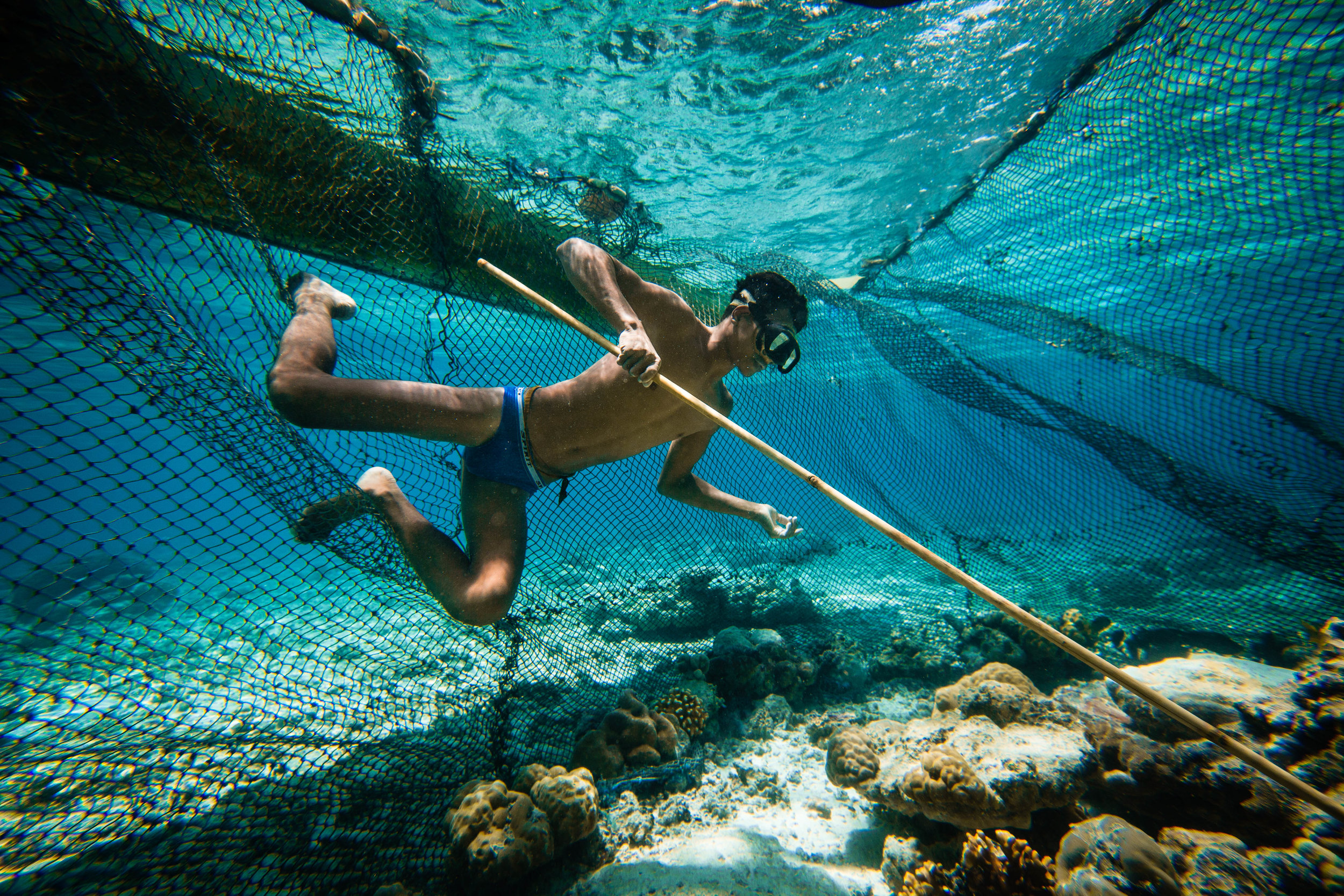Coastal Fisheries and food security
Coastal communities in Kenya are vulnerable to malnutrition and overexploited fisheries. This project is using a coupled social marketing and fishing gear modification intervention with the goal of improving access to sustainably caught nutritious fish for pregnant women and children. Field methods include a mixture from both fisheries and public health disciplines.
Distant Water Fleets
Distant water fleets (DWFs) are those vessels that fish far from their home waters, often within the national waters of other countries. They have been identified as one of many challenges to recovering or sustainably managing fish stocks. We are working closely with US Agency for International Development to implement research to better understand the impact of DWFs on domestic food security across four focal regions.
Data-poor fisheries stock Assessments
Snapper-grouper fisheries in Indonesia are highly lucrative but little data exist to manage stocks sustainably, including information on key life-history characteristics. We are working with The Nature Conservancy and fishing captains to improve data collection and perform length-based stock assessments that enable the establishment of harvest control rules.
small-scale coral reef fisheries
We are working to combine extensive field data collection, simulation modeling, and genomics for coral reef ecosystems that support millions of small-scale fishers worldwide. Research products will lead to the development of assessment and management frameworks. The bulk of this research is currently focused in Indonesia.
KELP Ecosystem dynamics
There are two motivating questions for this long-term monitoring program in Rhode Island: (1) To what extent do kelp forests impact fish and invertebrate productivity and community assemblages? (2) How will a rapidly changing environment (e.g., water temperatures and nutrients) affect kelp forests and their associated communities through time?






